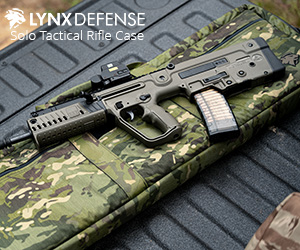You have probably been told that you CAN NOT shoot 5.56 mm ammo in a .223 chamber safely, but you can shoot .223 ammo in a 5.56 safely.
I challenge that belief, and say the real difference in the ammo is 5.56 mm vs 5.56 mm NATO. Even in 9mm, NATO ammo is a hotter load. The FN based 62 Gr NATO round was the game changer.
What say you?
In this video I go over the history of the ammo.
I challenge that belief, and say the real difference in the ammo is 5.56 mm vs 5.56 mm NATO. Even in 9mm, NATO ammo is a hotter load. The FN based 62 Gr NATO round was the game changer.
What say you?
In this video I go over the history of the ammo.



 ) 5.56 Wylde is not as precise as .223 Rem due to the looser/"sloppier" chamber, is more precise than 5.56, and despite being as safe/safer than 5.56 NATO chambering is NOT safe for use with intentionally "hot" loads (like the match load I described above) regardless of whether the load is .223 Rem or 5.56 x 45.
) 5.56 Wylde is not as precise as .223 Rem due to the looser/"sloppier" chamber, is more precise than 5.56, and despite being as safe/safer than 5.56 NATO chambering is NOT safe for use with intentionally "hot" loads (like the match load I described above) regardless of whether the load is .223 Rem or 5.56 x 45.



